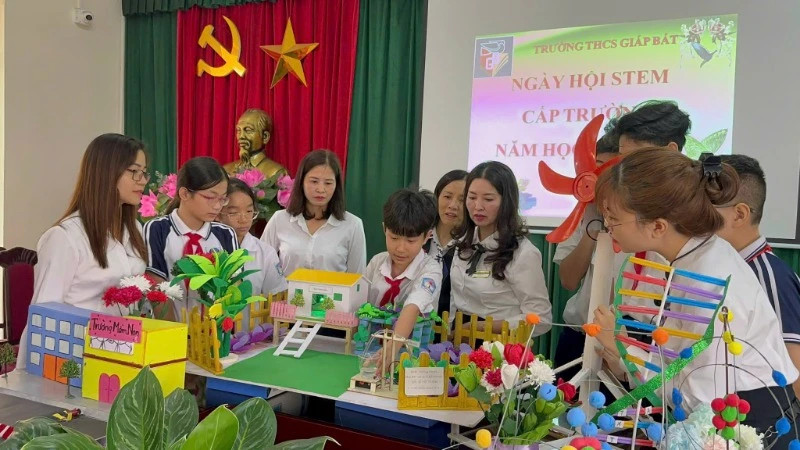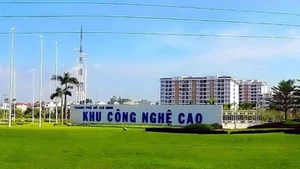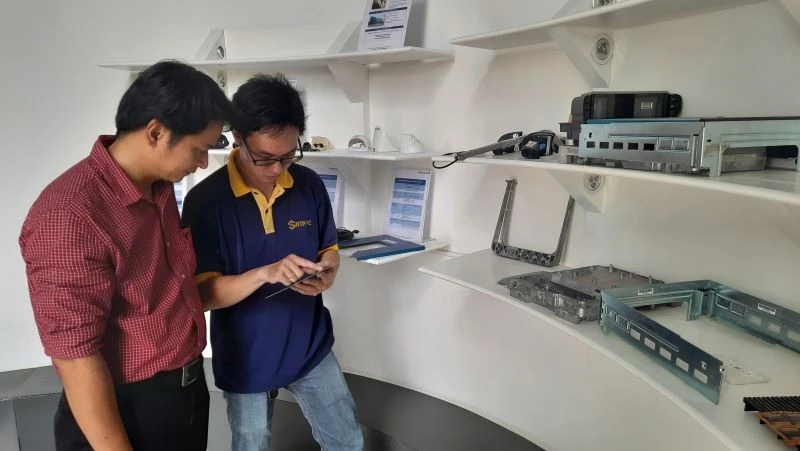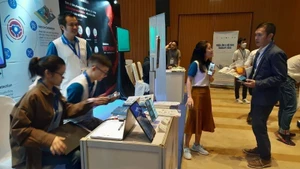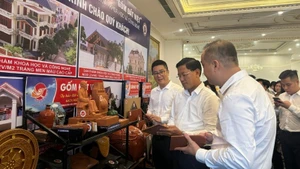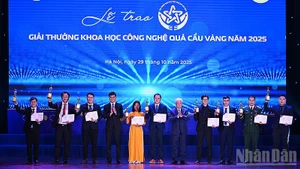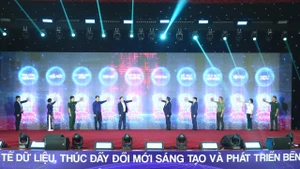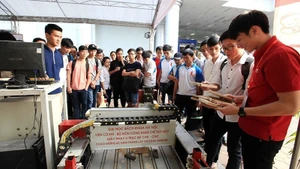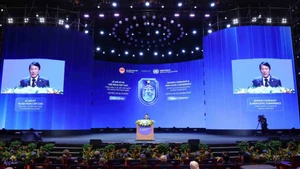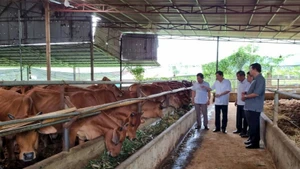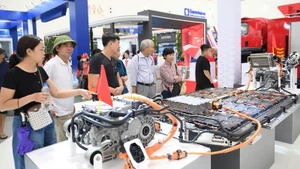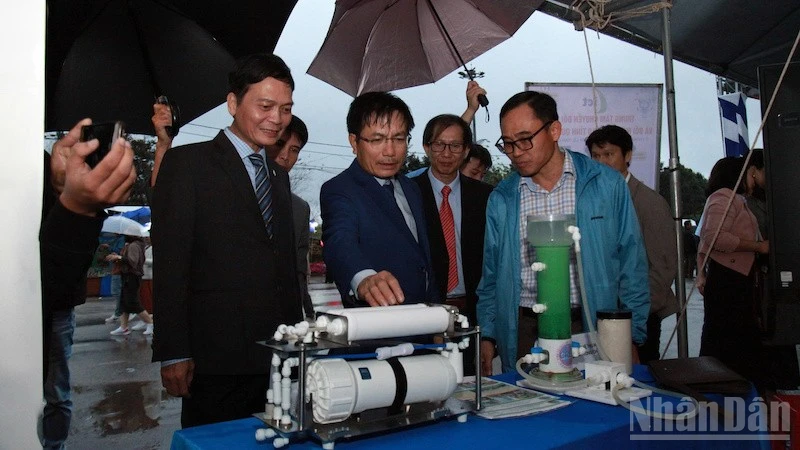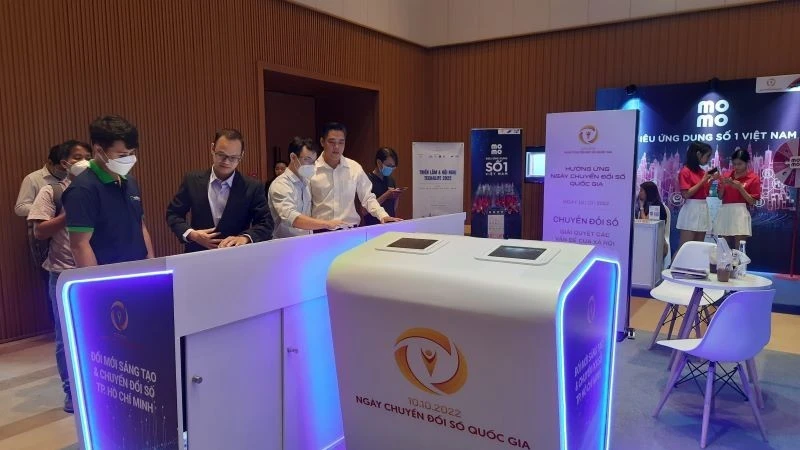To develop the national intellectual property system synchronously and sustainably, the issue of intellectual property education for the young generation, especially high school students, is one of the necessary tasks that has been effectively implemented by many countries, gradually forming an intellectual property culture in the community, contributing to the creation of a civilised and advanced society.
The Department of Intellectual Property under the Ministry of Science and Technology has coordinated with many units and schools to promote communications, disseminate knowledge, and improve intellectual property capacity for the community and young people in many forms.
However, intellectual property education among young people, especially students, is still a new issue, not yet implemented systematically and regularly.
A survey by the Intellectual Property Office of 800 students from schools showed that 74% of primary school students and 87% of secondary school students said they had never been exposed to knowledge about intellectual property. However, most said they were ready to accept this new knowledge.
Dang Hoang Gia Bao, a 6th-grade student at Giap Bat Secondary School (Hoang Mai, Hanoi), is an example. With the “Dream Farm” model made from recycled materials, he not only won a prize at the City Youth and Children’s Creativity Contest, but also contributed to spreading the spirit of creativity in schools.
In current educational programs, STEM and STEAM training activities in schools still lack content related to intellectual property and creative startups.
According to experts, although intellectual property is an important field in the knowledge economy, awareness of the value of intellectual property in the educational community and society is still limited.
This field is still a gap in schools, not fully integrated and included in the curriculum. Most teachers are not trained, have not received in-depth training in intellectual property and lack appropriate teaching materials, reducing the effectiveness of imparting knowledge to students.
In current educational programs, STEM and STEAM training activities in schools still lack content related to intellectual property and creative startups. This makes it difficult for students to access practical knowledge in this field, although the creative potential among school-age children is very large.
According to Do Thi Thu Ha, Principal of Giap Bat Secondary School (Hoang Mai, Hanoi), intellectual property plays an important role in shaping students’ creative thinking, but this content has not been fully integrated into the curriculum.
Currently, Vietnam has about 23 million students, a potential force in spreading awareness about innovation and intellectual property, contributing to forming a generation of creative citizens in the future.
The education sector has had many activities to arouse students' passion for creativity, such as drawing competitions, STEM, STEAM creative playgrounds, creating good foundations for integrating intellectual property education, and helping students understand the value of intellectual products created by themselves.
Hoang Thuy Nga, Principal of Tan Dinh Primary School (Hoang Mai, Hanoi), said that with the support of the Department of Intellectual Property and related units, the pilot teaching of intellectual property knowledge in schools has brought positive results. However, there are still many difficulties in officially implementing this content into formal lessons due to the lack of specific regulations from the management agency.
According to Tran Giang Nam, Department of General Education under the Ministry of Education and Training, to promote intellectual property education in schools, the Ministry of Science and Technology coordinates with the Ministry of Education and Training to develop specific action programmes, including this content in the school year's key task plan in general schools.
At the same time, the education sector needs to arrange reasonable study time, train teachers, invest in facilities and take advantage of support from international organisations such as the World Intellectual Property Organisation (WIPO) to form an intellectual property culture in today’s young generation of Vietnam.
